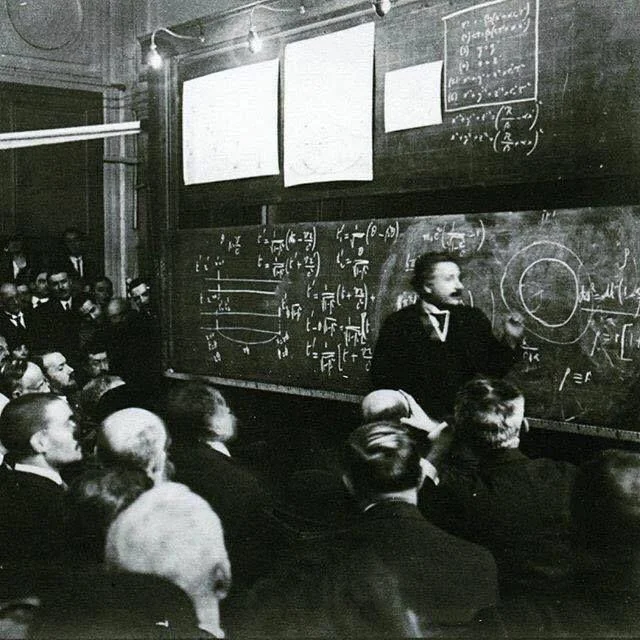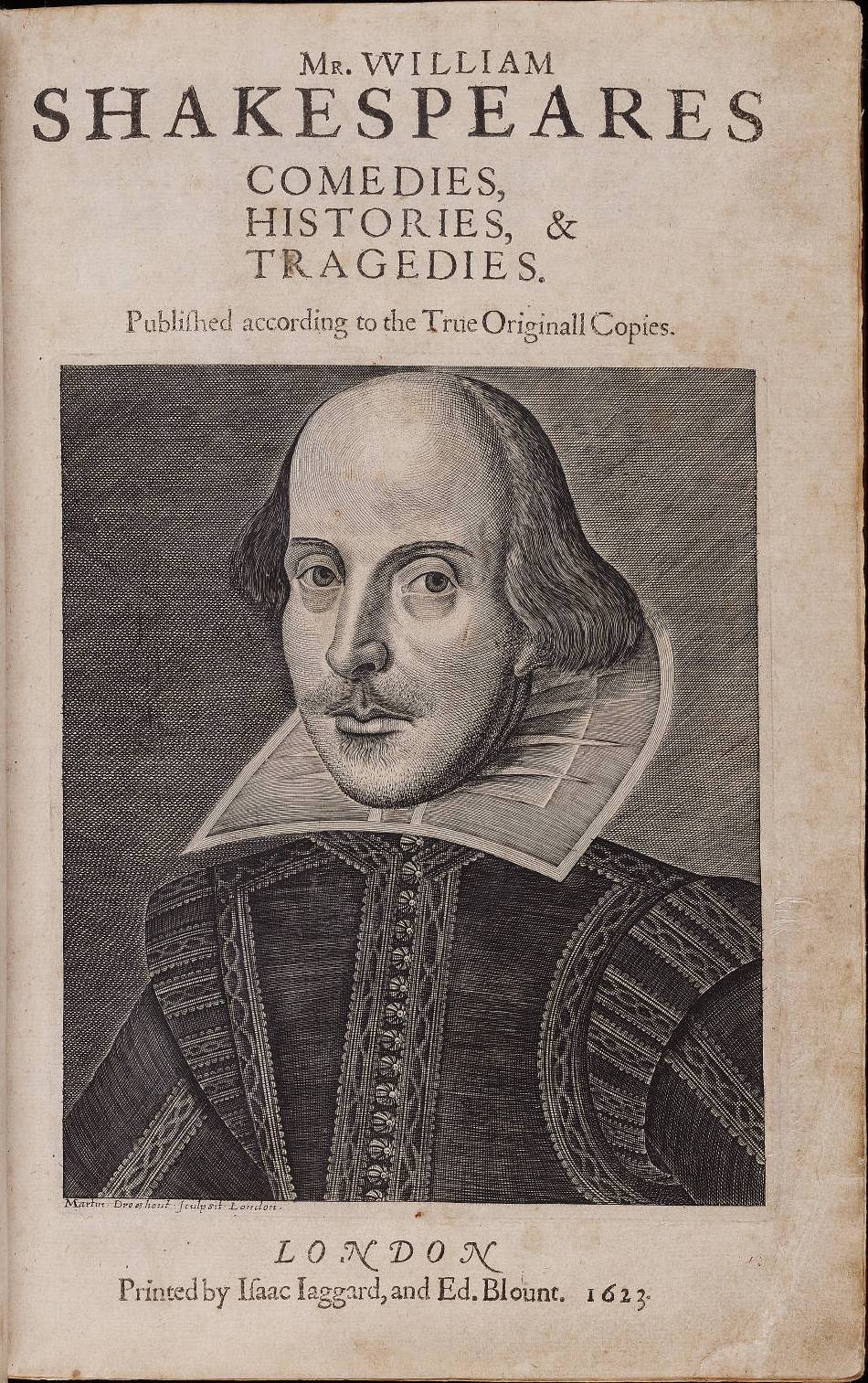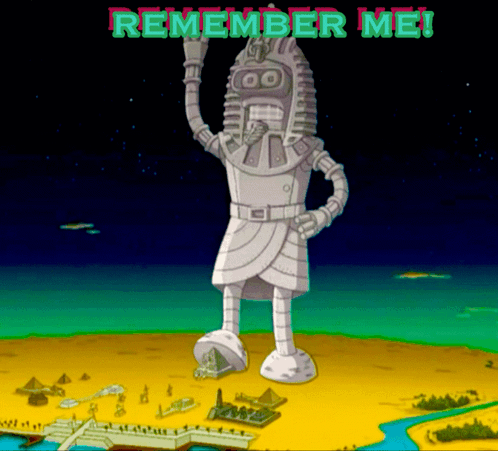However it comes, death seems very unfair. Humans have been combating this scourge throughout history. After all that effort of self-investment, who wants to just give it all up? We hate death when it comes at an old age, when it cuts short life in its prime, and perhaps, particularly, when it gets the young before they’ve had a chance to live. Humans have always longed to extend their lifespans or, barring that, at least the memory of their existence.
There are numerous ways to keep the memory of one’s life on earth in people’s mind:
1. The most obvious and proven method to leave a legacy is literally to leave a legacy — have as many children as possible, thus preserving one’s genetic line. It’s an old-fashioned method, but it’s worked for humans for thousands of years. Everyone alive today have ancestors that managed to reproduce successfully.
[Genghis Khan’s distinctive Y-chromosome mutation is found in about 1 out of every 200 modern men. We don’t have a good way of figuring out how many modern women are descended from Genghis Kahn, but it’s probably about the same. That’s approximately 30 million lineal descendants. But do they visit? Do they write?]2. Greatness has often worked for those seeking to make humanity remember their names. Inventing or discovering something is a great way of achieving it. People might not really remember you, but they will remember the deed. Newton, Einstein, and Edison are some relatively recent examples. Of course, deeds of destruction work, too. Alfred Nobel invented dynamite and famously tried to change his dark legacy by establishing the Nobel Prize.

[Albert Einstein gives a lecture on General Relativity in 1922.]
3. Another way to anchor oneself into history is through art. Even those who’ve never read Shakespeare have heard of him. Those who’ve never set foot in a museum have probably heard of Leonardo DaVinci, Michelangelo, or Picasso. Those who shun concert halls have probably heard of Bach, Mozart, and Beethoven. Their genius is so enmeshed into our culture that their names are touchstones of our collective narrative.

4. Acts of horror echo through history. Vlad the Impaler, Ivan the Terrible, Mao Zedong, Pol Pot, and Adolph Hitler have names cemented into history. Hitler’s name is so potent that, to this day, people refuse to name their children Adolf and the shape of Hitler’s toothbrush mustache probably won’t be acceptable for many centuries to come.
[Consider watching an edgy comedy sketch by Key & Pelle on Hitler’s mustache: https://www.facebook.com/watch/?v=338587491431354]5. Monuments built to honor someone can preserve their memory through the ages. The Great Pyramid of Giza comes to mind, even though most won’t be able to name the pharaoh that ordered it built.

6. Monumental art or well-hidden art (such that nature has difficulty destroying it) is another path to immortality that is plagued by the anonymity of the artist. Prehistoric cave painting, dating back 40 thousand years, and the Nazca lines in Peru are breath-catchingly amazing. They feel like we can reach out and touch the ancient humanity. But the identities of those artists are shrouded in the mists of time. We know precious little about the Nazca people beyond their lines. Time does erase an awful lot and very quickly.

7. More recently, we have the genetic information of individuals. The first full sequence of the human genome cost $100 million to complete; now it can be done for less than $1000. Craig Venter, one of the scientists working on that early sequencing effort, used his DNA for a portion of the project. Six years later, he was one of the first to sequence his entire genome and publish the results. His interest in immortality might be responsible for his forming of Human Longevity, Inc. with other partners. As might be guessed from the name, the company’s goal was to use genetics, stem cell therapy, and other recent scientific developments to extend the human lifespan.
While memories of the accomplishments of individual humans might outlive them in the collective consciousness of humanity, their vital essence is lost forever in death. Woody Allen famously said, “I don’t want to achieve immortality through my work. I want to achieve it through not dying.” That’s the real ideal humans have been striving for.
I’ve heard many scientists rhapsodize about how we are all “star dust” and that the universe recycles us until the cold death of the cosmos. Knowing that their molecules might survive while their consciousness won’t is deeply unsatisfying for those who want to avoid death by not dying. Singularity, the much-discussed turning point when humans achieve virtual immortally, has similarly been touted for those seeking end to personal death. But whether a human mind’s essence can be preserved digitally is not something we know (or might ever know).
The marks that we leave behind has been on my mind since the death of a close friend last week. It wasn’t exactly unexpected — ALS hit him like a stray bullet about three years ago; before that he was young and vibrant. It feels like a chunk of my soul was ripped out. The company we keep and the ties we make with others make a net of connections that become part of our thoughts and emotions and make us who we are. Take that away and there is little left. Humans exist in relation to other people. Even hermits define themselves in opposition to other human beings. A single person in isolation is not a hermit, just a lost, unfortunate soul.
We’ve lost five members of our immediate community in a span of just over a year. There are half a dozen more if we count from the start of the pandemic. We expect to lose more in this coming year. It feels like a decade of loss — an unraveling.
Stay safe out there and keep your loved ones close. And make your mark now while you have the chance!

